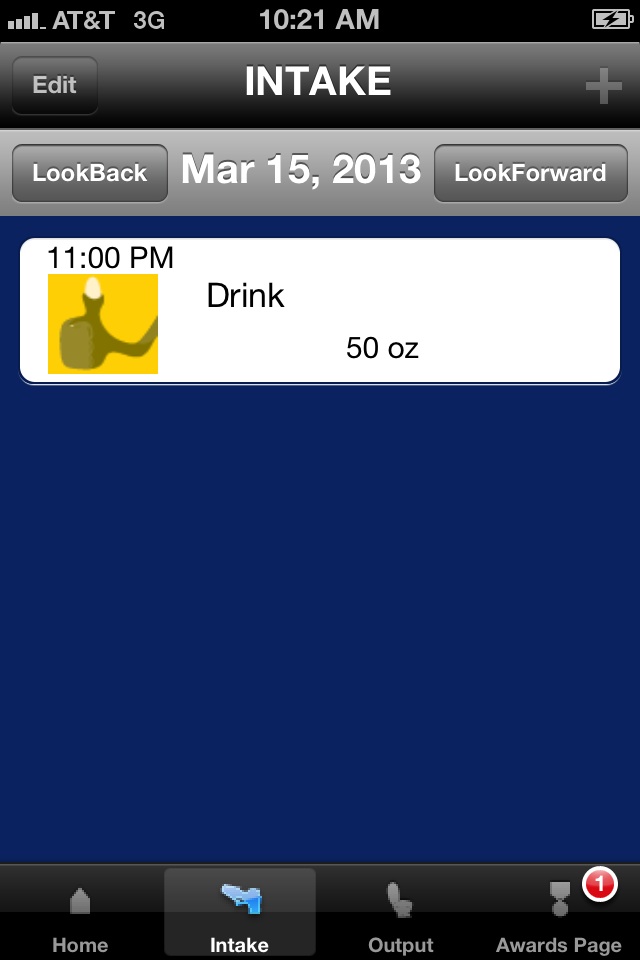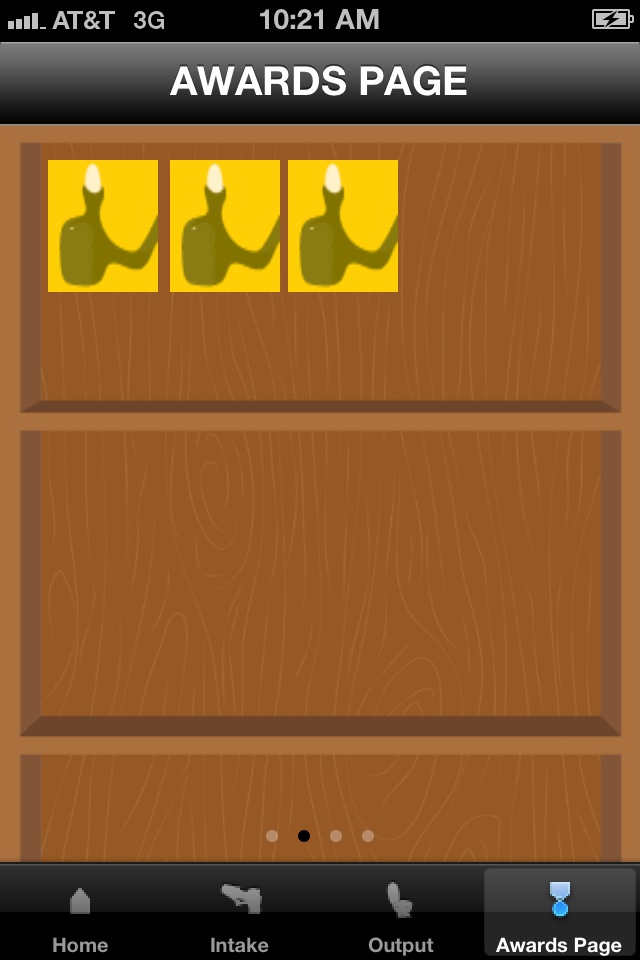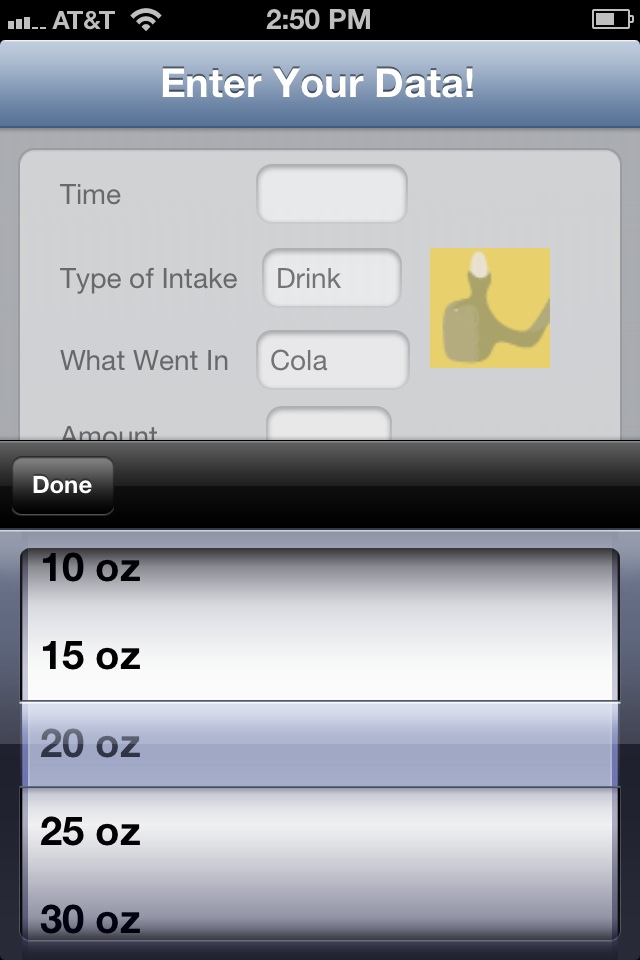|
Back to Annual Meeting Program
A Smartphone and Tablet-Based Voiding Log Application for Pediatric Patients with Enuresis
Jeremy Wiygul, M.D., George Klauber, M.D..
Tufts Medical Center, Boston, MA, USA.
INTRODUCTION AND OBJECTIVES: Enuresis, both diurnal and nocturnal, is one of the most common diagnoses in the pediatric urology clinic, and a key part of the diagnosis and treatment is the recording of the eating and elimination habits of the patients in a voiding log. Typically, the voiding log consists of either pre-printed forms to be filled out on a daily basis, or, more commonly, simply a notebook bought specifically for the purpose of recording these activities. We describe the first smartphone and tablet - based application designed specifically for the pediatric enuretic population to record this data.
METHODS: A smartphone and tablet-based application for use on the iOS operating system was designed by the authors to record the inputs and outputs of pediatric patients with both diurnal and nocturnal enuresis. The entry of data was also gamified, that is, certain rewards were created in the form of badges that the application user could earn through various positive behaviors, such as eating a certain amount of fiber each day, going a certain number of days without a wetting accident, and having daily bowel movements. These badges could then be tracked by the user on a separate awards page.
RESULTS: The included images show the various pages of the application. Figure 1 shows the page to record outputs, such as bowel movements, and Figure 4 shows the page to record inputs, such as fluid and fiber intake. Figure 2 shows the page where all previously inputted data is listed in a logbook-type fashion. Figure 3 shows the awards page, where all of the badges the user has earned are recorded in an intuitive display.
CONCLUSIONS: As pediatric patients and their parents become more technologically savvy, and the demand for timesaving measures grows, we feel applications such as ours will see their demand grow. Since the de-identified data can be emailed directly to the treating physician, it also has the power to increase the actual response rate to the voiding log, thereby aiding in the data collection crucial to ongoing research. We also feel the gamification of the application is an innovation that will encourage more complete recording of eating and elimination habits, and thus increase both the clinical and research utility of the information gathered.




Back to Annual Meeting Program
|